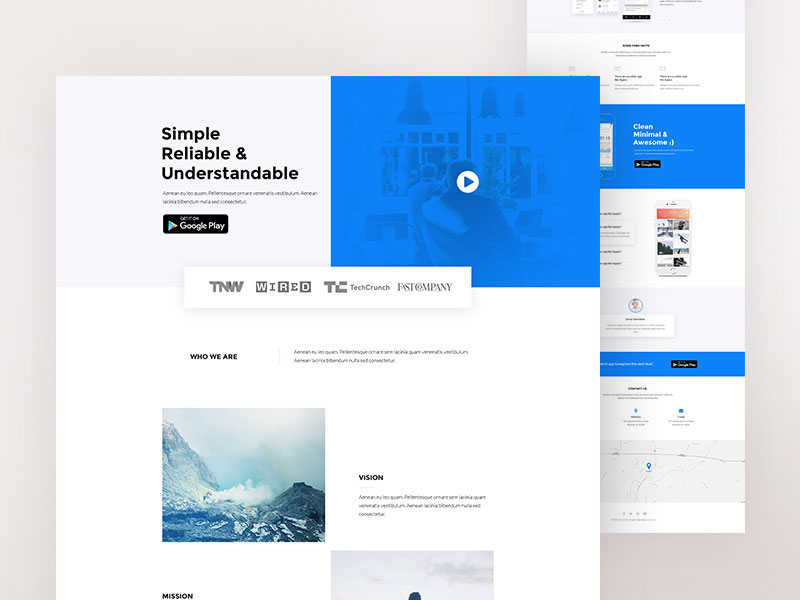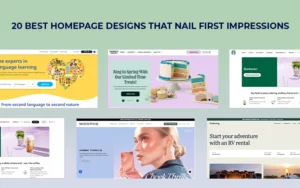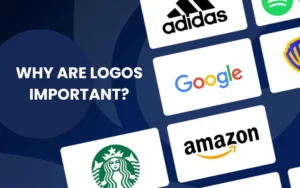The first thing that matters in web design essentials, is the website’s appearance. That’s the first thing a visitor notices when coming across the website, which is why web design is indispensably important.
The idea of trendy design appeared a long time ago, and it evolved simultaneously with technological improvements and consumerism. The final result of this process is what we call ‘mature technology’, and its design has nothing to do with how design looked back in the 1990s.
To start with effective web design tips, design has to be responsive on multiple high-tech mobile gadgets (iPhones, iPads, screen cell phones, notebooks, etc). Secondly, it has to be intuitive enough to invoke a social network feeling, and creative enough to satisfy all needs, tastes, and efficiency expectations.
Basically, the final result should look nice and perform even better, which makes us think of few essential points no web designer should let out of control:
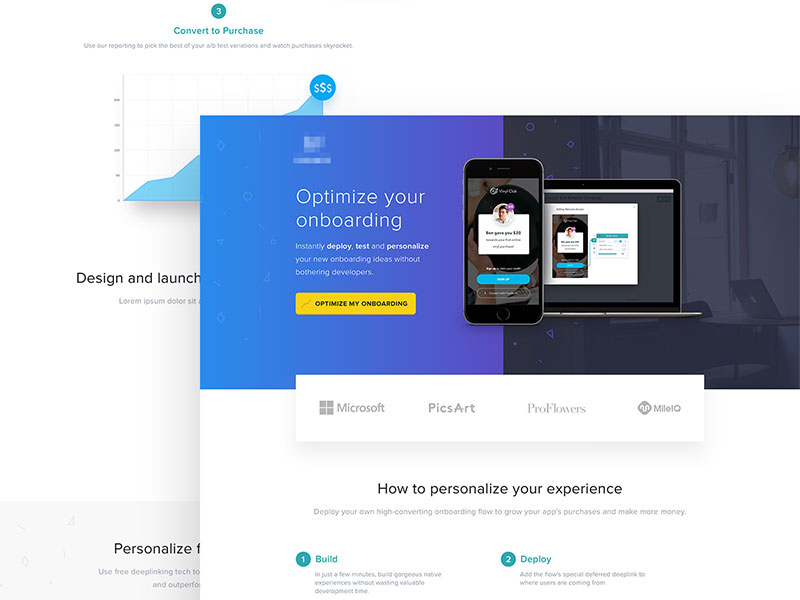
Table of contents
The Purpose Of The Website
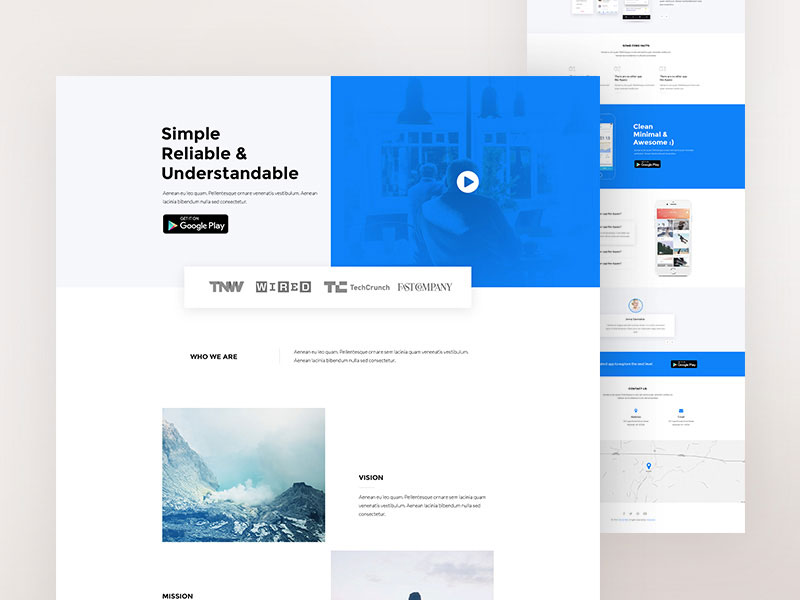
Why are you launching that particular website? Is it because you want to boost sales? Or maybe because you want to inform visitors? Does the website require an Email marketing campaign? Or is it just a sign of your online presence?
Whatever it is, you need to know that. It is your best bet to make the most of your design capabilities.
Web Psychology
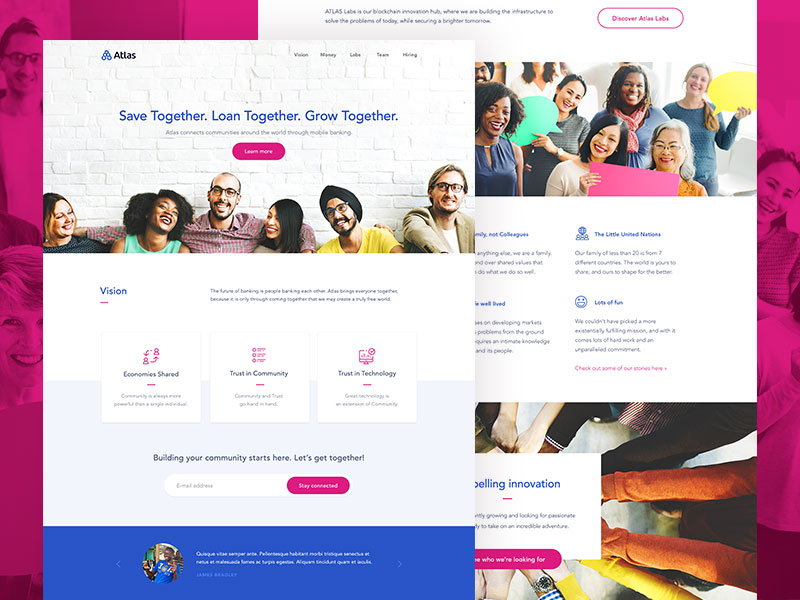
One of the best practices for website design. Is it just us, or psychology is severely underrated in the world of web design? Designers seem to surpass it in every occasion, maybe because they find it too difficult to learn the basic principles. What they don’t know, however is that they are missing on some of the critical effects their website can have on visitors.
We are not going to deny that applying psychological principles is sometimes complicated, but that doesn’t make them less necessary.
Also read: Great Examples Of Creative Illustration Styles In Web Design
Let us explain the most important ones:
Web Design Essentials : Building Trust
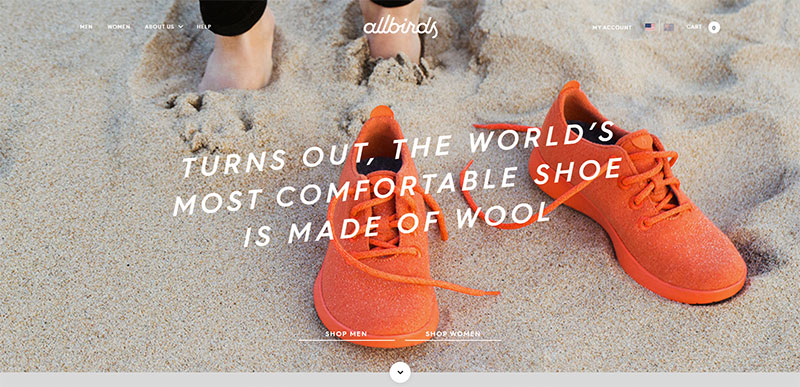
The difference between good and not-that-good websites is visible even for people that have nothing to do with design, which puts poor design on the throne of mistakes that should be avoided.
When a person encounters a poorly designed website, the first thing that comes to their minds is that the brand should not be trusted, and you can forget the happy-ending story of successful conversions. That’s why we recommend you invest as much as you can in the quality of your website, present relevant and time-accurate contents, and update regularly.
Check out this blog to learn about best practices for website design.
Web Design Essentials : Including Familiar Patterns
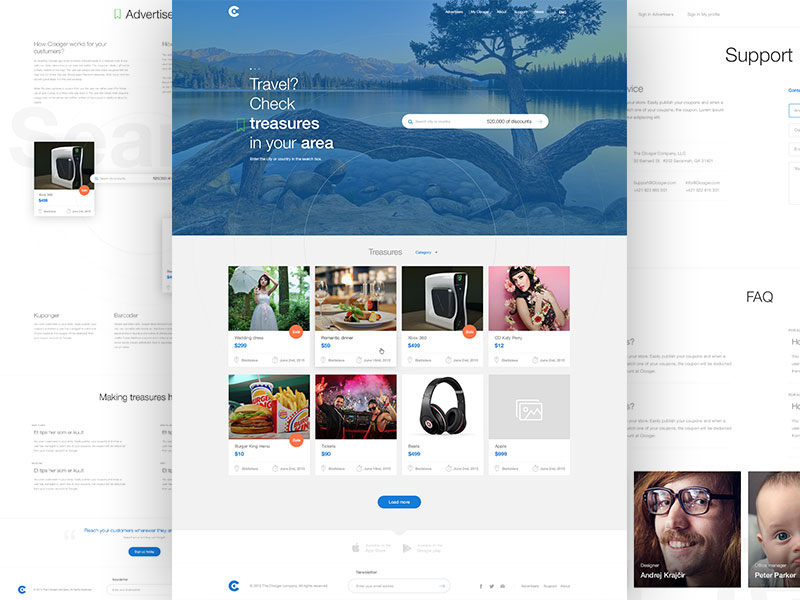
People nowadays are overwhelmed by websites, and for the good or the bad, they have certain expectations when landing on yours. They need to have an immediate idea of where they are, and to recognize options placed in familiar locations.
If you fail to provide those, people will feel strange, as if they were wasting their time with a brand that has nothing to offer (even you feel like this sometimes, don’t you?). Generally speaking, you need to be clear about two things: the reason why your website is there; and the manner of navigation through it.
Also read: How To Use Fonts Efficiently In Web Design
Web Design Essentials : Social Psychology

Social psychology refers to the way in which people interact with each other, and this can be very helpful in web design. Think about real-time relationships: aren’t we all prone to make judgments based on the actions of other people around us, or at least to look for their approval and validation?
People do this, and they will certainly compare your design to other designs they’ve seen. However, don’t think of this as a burden of being the better one-all people are expecting from you to reach a certain standard, namely to respect a consistent website architecture as other brands in your branch.
Web Design Essentials : Color Psychology

Color psychology is probably the most complex psychological consideration in design, and it may really make or break your design.
We are not going to go as deep as to explain the influence of every color, but we sincerely recommend you study this impact on visitors’ perception of your website. Choose colors that support your theme, and that correspond to your brand or the message you’re trying to convey.
Web Design Essentials : Keeping It Simple
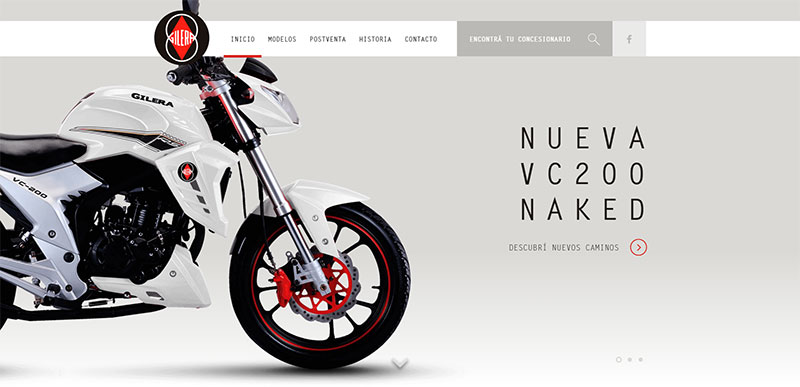
Making the appearances, interface, or access to basic information complicated will not make your website look unique, and it certainly won’t attract more visitors. Creating a great website is possible even without Dreamweaver, as long as you know how to position features.
Another thing is that the real quality of your website is estimated on the basis of your content, meaning that if the content is good, there will be no lack of special effects that can decrease its value.
Look at some outstanding websites, and you will understand the importance of simplicity (even Google!)-the design is almost plain, with nothing but a recognizable logo to greet visitors each time they ‘land’ on the website. There are no sounds, animations, or special effects, but millions of people are still using it every day. That should make things pretty clear.
User-Centered Design
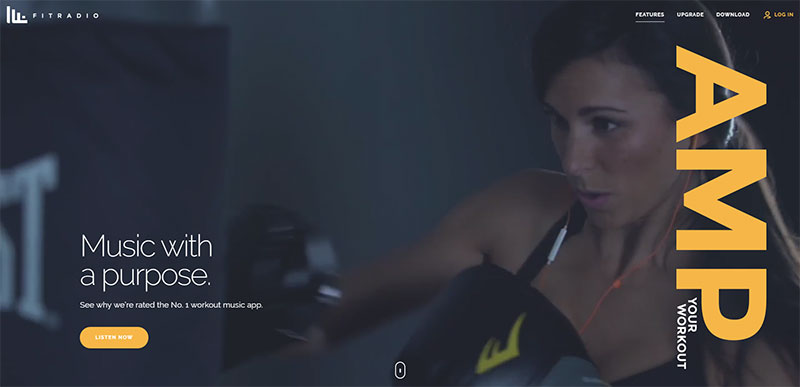
Remember one aspect of web design essentials: you’re not designing for yourself. The focus of attention is your user, and you have to provide him a product that he can use.
This fact highlights the importance of targeting the right audience, and picking graphics and color schemes that can have the appropriate effect on them. Even with the most marvelous content, users are not going to stay on a website that irritates them. Here come some useful website creation tips you should consider:
- You should make a survey about the likes/dislikes of your target audience.
- Define a user profile for your website, and let the profile define your most important design solutions.
- You shouldn’t neglect responsiveness when designing social community websites where users expect to get connected.
- Keep interaction fun and engaging, that is the core of every successful social networking website.
- Use Facebook as an example: the website was deliberately designed to provide communication and responsiveness, and it did it in such a simple and accessible way that you can use it from every location, at any moment of time.
Also read: How to Sell Web Design Services to Small and Local Businesses
Create Layouts That Are Easy-To-Navigate
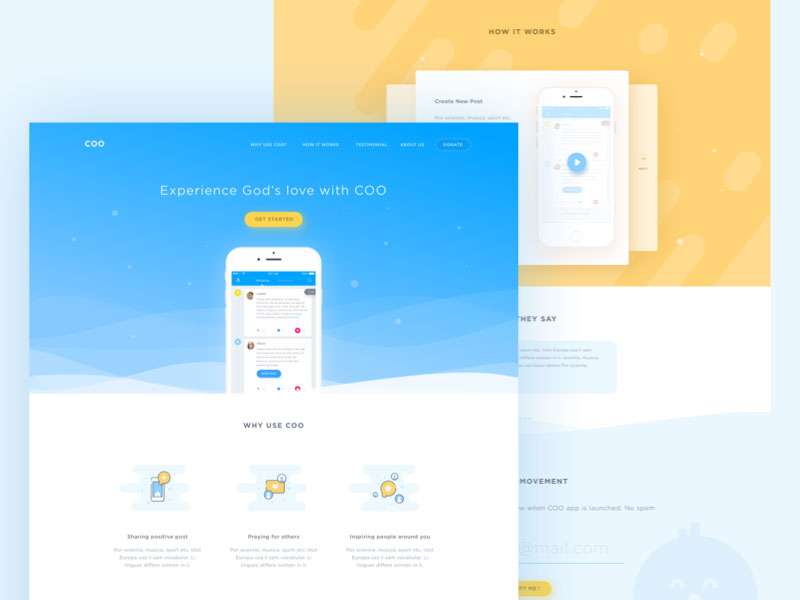
Easy navigation is critical for all website design essentials, from simplest news portals to most complicated e-commerce online stores.
Whatever the purpose of your website is, you have to keep its content organized in logical categories, giving users quick access to the piece of information they were looking for.
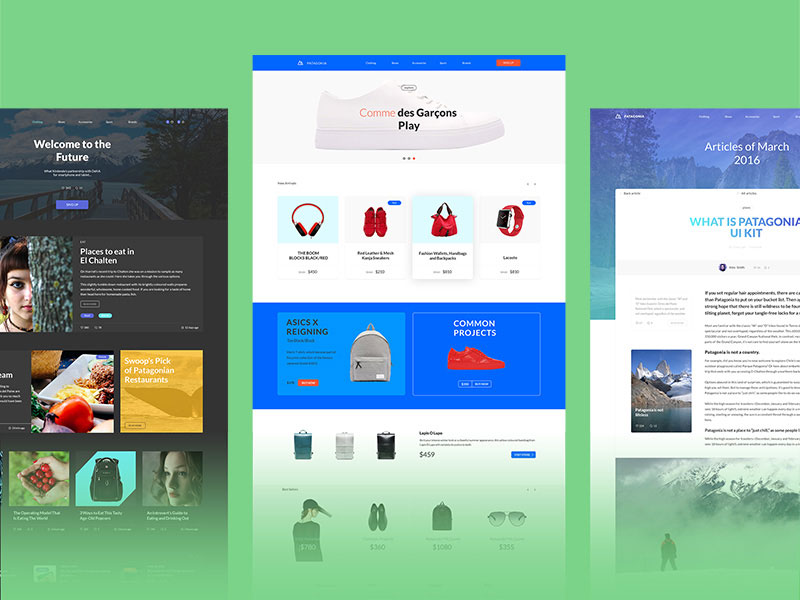
Layouts that are easy to navigate increase the value of your website’s content. In order to enable users to read everything, you have to be clear about transitions from one page to another, and to respect a generally accepted set of search engine rules (otherwise, the engine may not recognize the page, and it won’t take users where they want to go). All of this makes easy navigation a priority for every design.
Density
Don’t forget the fact that your website will develop in future, especially if you’re planning to expand the content. You have to predict this in advance and secure real estate before extra content is added.
Besides, you should never stay behind trends, and you should try to update the website as often as possible. It can either mean adding new products, correcting information, or increasing density with multimedia and extra attractions for more visitors. In fact, every well-elaborated update can bring you visits and conversions.
Take a website that deals with antique car model data as an example. Let’s say they launched it a month ago, but business hit the road and they are welcoming more and more visitors.
Surprised and motivated by such development, the designer decides to include more information in the three sections that attracted most interest.
Long story short, it was his strategy for increasing density by highlighting the three main points of interest. Do you maybe have an idea how this could turn out on your website? We hope this list of website design essentials was helpful.
Like this post? Check out more amazing web design content here.
